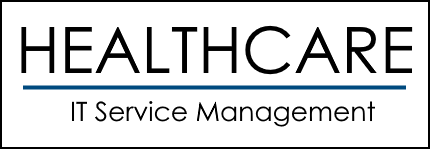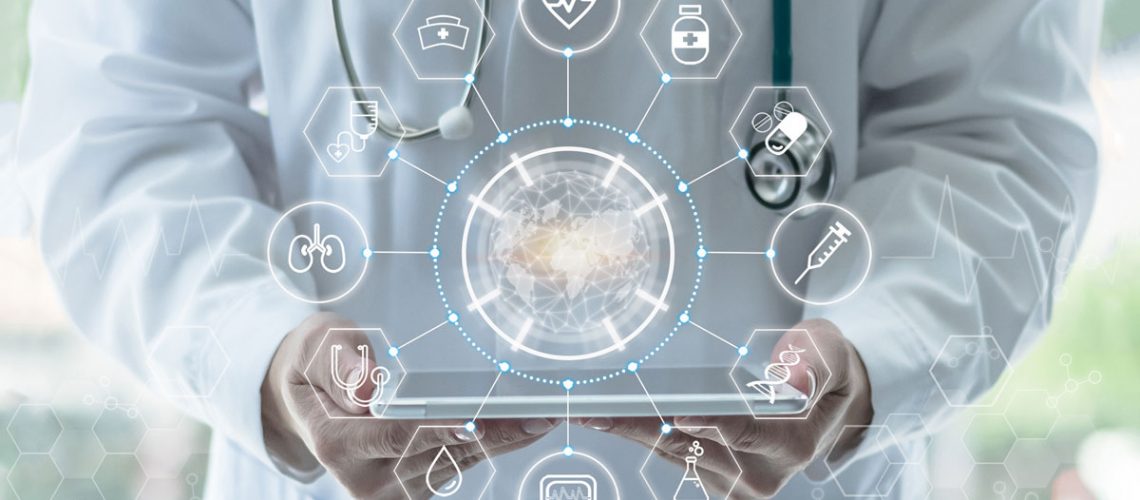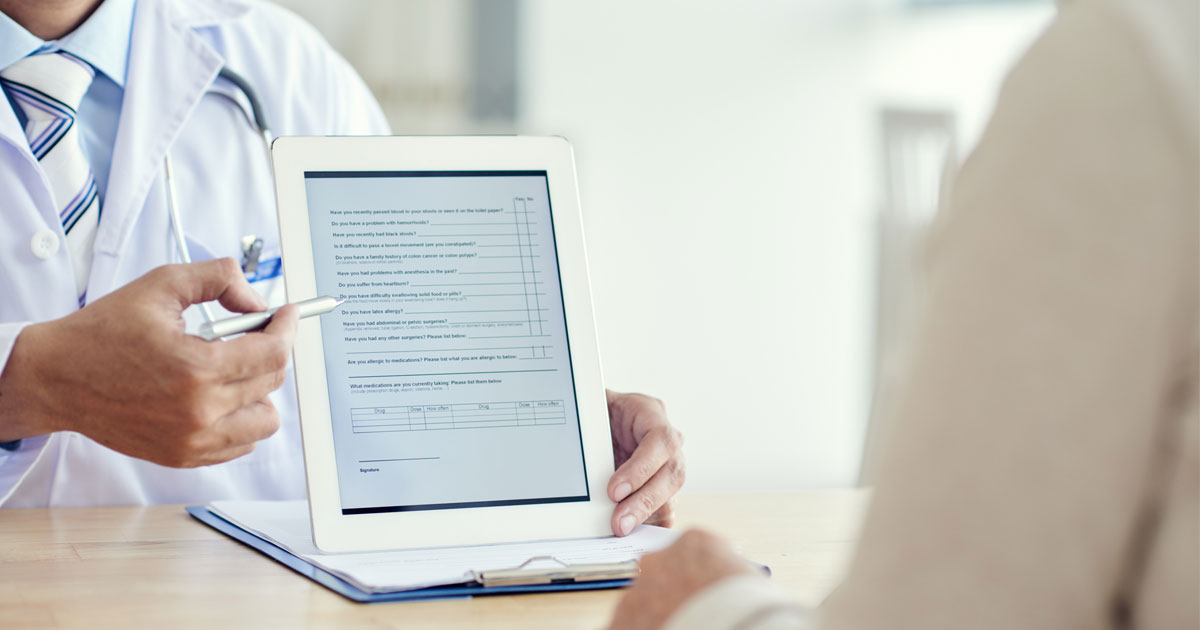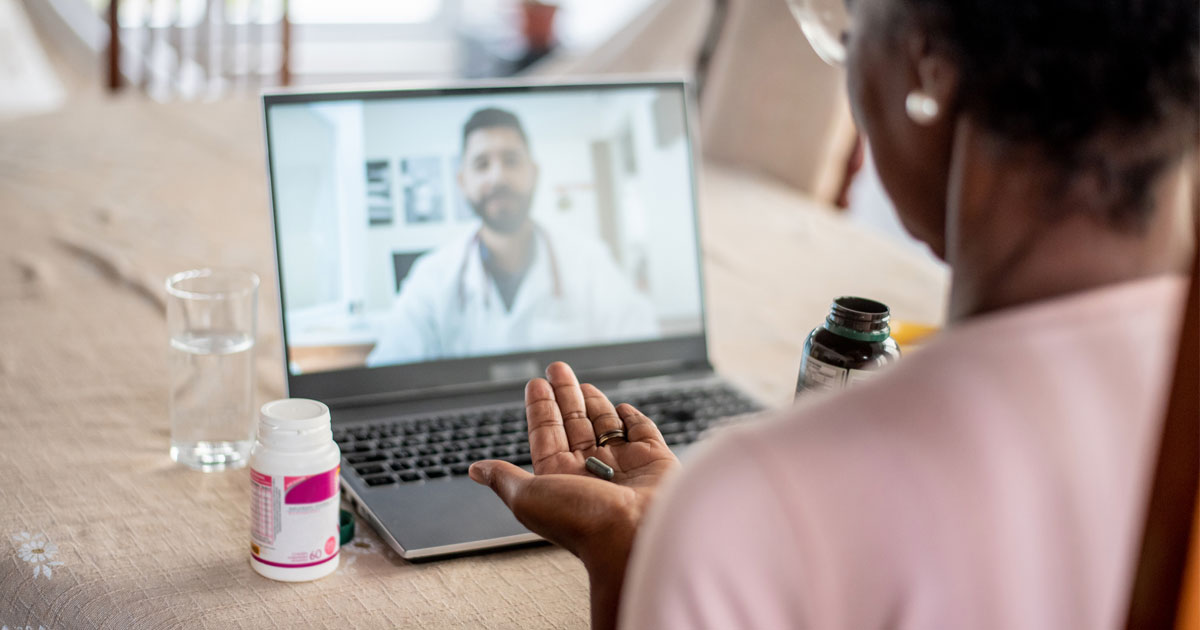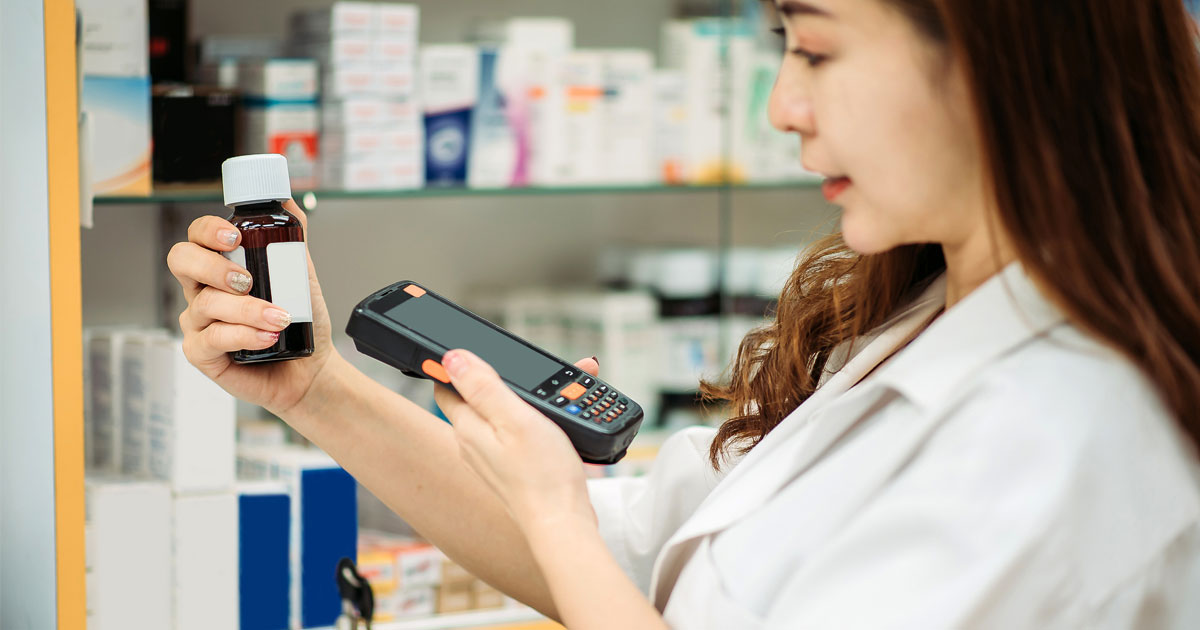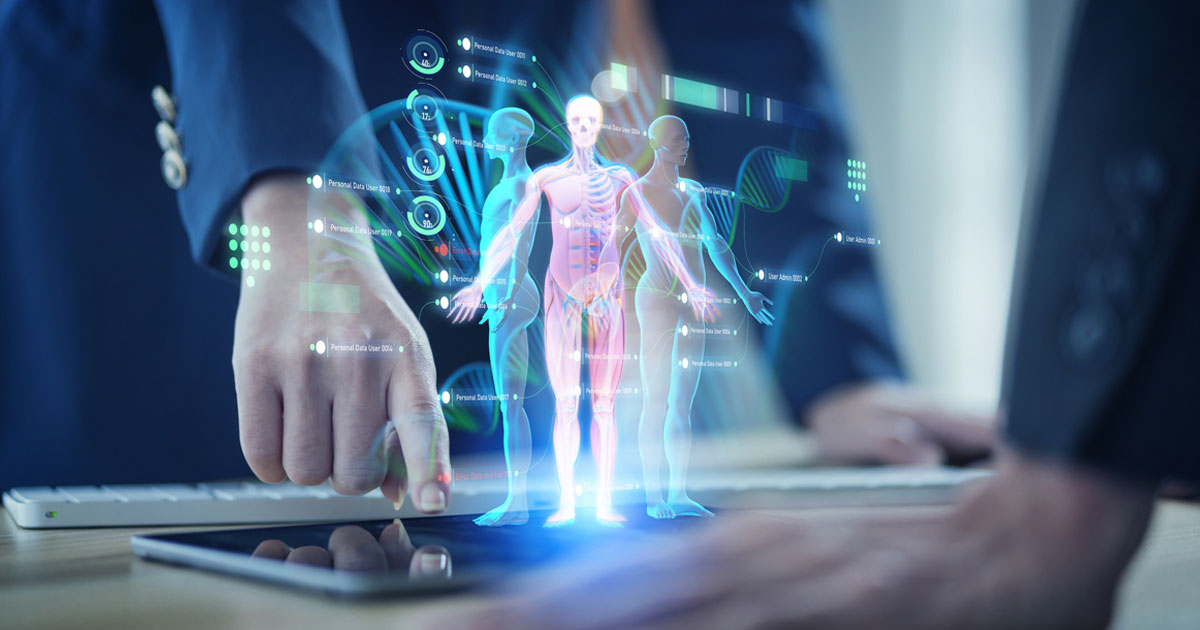Table of Contents
ToggleIT benefits healthcare in numerous ways, including access to care, analysis, and patient monitoring. The healthcare field is fast-moving, and your business requires high-quality care and an outstanding patient experience to stay competitive. Patients approach healthcare businesses to seek treatment for various problems, and they expect expert guidance and first-class treatment for their medical issues. During this dispensation of care, staff are expected to utilize modern, functional equipment so they can properly diagnose and treat each patient.
Thus, in order for the healthcare field to succeed, information technology (IT) is a necessity. IT continues to evolve and change how several businesses, including healthcare organizations, operate and navigate daily challenges. From social media to information technology service management (ITSM), technology is crucial now more than ever.
How IT Benefits Healthcare
Every factor of healthcare has been changed in some way through advancements in IT. If you own a healthcare organization and are looking to make improvements to how you perform daily tasks, IT is an essential part of the equation. Here are some benefits of IT in healthcare.
Electronic Access to Patient Records
One of the most significant advantages of using IT services in the healthcare field is the ability to access patient records electronically. Through the use of electronic health records (EHRs), staff can quickly and accurately search for patient details. As recently as a couple of decades ago, providers were required to search through a large stack of patient files or read between the lines of several incomplete medical histories for critical patient information. This was not only time-consuming but risky. Worse, if paper records were lost or destroyed, the chances of effective treatment were even further diminished.
EHRs allow staff to quickly search for information and view full medical histories compiled through several stages of a treatment program. Not only is this more efficient and effective for staff, but also for patients, as well. Patients undergoing lab work at the doctor’s office can view results within a day by using an online patient portal.

While EHRs are possibly the strongest benefit for the healthcare field, there are still developments to be made. For example, EHRs are continuously becoming more integrated with various technologies, improving portability between facilities and healthcare organizations. Access to EHRs in all stages of development can completely change how healthcare organizations function daily.
Online Patient Portals
Many healthcare organizations use patient portals as a way for patients to check their medical records, test results, billing, insurance, and more on their own. This not only saves time but also allows staff to focus on other patients on location. Patient portals also allow patients to contact their doctor directly with any concerns they have.
Electronic Incident Reporting
Mistakes happen every day. If something goes wrong in the healthcare field, it is mandatory to report this mistake to mitigate the consequences and prevent it from repeating. Electronic incident reporting allows this to be done quickly and reliably. Because healthcare providers have access to thousands of records, all members of the patient’s care team can be made aware of the incident. In fact, because the process is easier and less time-consuming than ever before, more providers are willing to report incidents.
Diagnostics
Innovations in IT have enabled providers to ensure more accurate diagnostics. If a patient is showing symptoms of a particular condition, IT advancements in medical equipment help staff to better understand the issue and arrive at the correct diagnosis. Diagnostic technology is faster, more easily accessible, and more accurate than a simple process of elimination by providers. Patients may be less stressed about the entire situation when there is a more efficient answer to their medical question and more reliable treatment moving forward.
It can be incredibly dangerous for doctors to guess what’s wrong without a clear diagnosis. By using modern technology, they can clearly assess a particular set of symptoms and give a diagnosis with confidence. Another advantage of improved diagnostics is the ability of staff to better understand how various issues can occur. Through analyzing diagnostics, staff can look for trends and use that information to guide them in their future decision-making.
Medical Trends Analysis
Through online databases and their associated search engines, healthcare professionals are able to track various trends, such as flu outbreaks. Healthcare organizations can assess trends in Google searches for a particular condition, for example. Many people use the Internet to gather information on what condition they may have, and this advancement in IT can be used to benefit the healthcare field.
When all related queries on a search engine are taken together, they can be compared to various databases to determine the cause of the trend. For example, search trends can be compared with spikes in diagnoses and more to get a clearer understanding of trends in medical conditions. This allows healthcare professionals to be prepared to respond to medical outbreaks and be ready to treat patients suffering from an illness.

Access to Care
One of the most common reasons people delay seeking medical treatment is impeded access to healthcare. For example, a hospital may be too far away for public transportation, or the person may physically be unable to make it to a location. Impediments to care can hamper the treatment process and put patients at risk for worsening symptoms, additional conditions, or even death. However, IT can help improve patient access to care.
For example, healthcare organizations can offer telehealth services to those physically unable to make it to a hospital or doctor’s office. Telehealth can not only help reduce costs, but it allows providers to treat patients without needing to meet them in person. Telehealth is a great alternative for those who cannot physically travel, as well as those who don’t feel an in-person session is necessary. If your patients live in underdeveloped areas, they can still seek assistance from trained medical professionals through the use of telehealth.
Telemedicine
As mentioned, telehealth or telemedicine is the use of telecommunication tools between a patient and their provider or between two providers. By synchronizing via a telehealth visit or telemedicine communications, patients and providers can discuss any medical changes without having to meet in person. Some studies have shown that telemedicine is just as effective as in-person care, and it can certainly make organizations more efficient when two providers must discuss patient care.
Patient Monitoring
Some individuals need regular care to manage their conditions, and advancements in the IT field have enabled extended remote monitoring. Rather than requiring patients and providers to meet on-premises for monitoring or to discuss any medicine or treatment needed, systems have been developed to streamline this process and save time.
For example, patients with heart conditions that require continuous monitoring can be addressed with a heart monitor that tracks progress. Using remote patient monitoring systems prevents the patient from needing frequent hospital and emergency room visits and increases the likelihood of positive health outcomes in underdeveloped areas.
Guidance and Treatment
Highly-trained doctors, nurses, and staff have daily responsibilities that can be improved with the help of IT. In many cases, IT makes patient care quicker and more efficient. For example, doctors are better at decision-making and can provide more accurate prognosis and treatment advice as a result of IT.
New machines and medicines have been developed as a way to treat various conditions that previously were difficult to address. Doctors can quickly diagnose patients using IT and use an electronic database of information to guide the discussion regarding how to treat the condition moving forward. For example, if a patient is found to be diabetic, doctors can provide a comprehensive list of instructions and information to the patient so they can stay on top of their condition.
In fact, medical personnel can easily and swiftly search thousands of different medical textbooks online. The Internet has allowed a vast range of information to be shared among healthcare organizations, and there are many potential applications for its use. If doctors need more information, they can find exactly what they’re looking for. This benefit is passed on to the patients involved, improving patient experience, honing diagnoses and treatments, and improving outcomes.
Bar Code Medication Systems
One of the most common mistakes in healthcare involves a worker administering the wrong medication to a patient. Fortunately, IT has worked hard to circumvent this problem by creating barcode medication administration systems. These systems make the medication administration process easier and more accurate. When a medication is administered, a barcode is scanned first to ensure the medication is the correct type and dose and fits into a patient’s treatment protocol. Some systems make a warning noise when scanned, showing that the medication scanned is incorrect for the patient in question and alerting the provider to re-assess the situation.
Electronic Sign-Out Tools
Patients are frequently transferred from the direct care of one member of the healthcare team to another for various reasons. In most cases, this occurs at shift change, but it can also occur when a patient is moved from the ICU or ER to regular care. Electronic sign-out tools can ensure this occurs without any gaps in care or information. Electronic sign-outs also improve communication between healthcare workers and patients.
These sign-outs were once accomplished via verbal or paper communication but risked communication gaps. Communication gaps occurred when providers relied on mental recall, which is inaccurate and could prevent important information from reaching the patient or other members of the care team. Relying on verbal communication alone also causes accountability problems when the patient experiences harm or illness.
By using an efficient electronic sign-out system, all patient information is available when the patient’s support team, the patient, or the staff need it. This prevents the need to search through patient files or rely on memory to fill in patient information.
Social Media
Social media platforms like Twitter, Facebook, and TikTok have allowed people to connect from around the globe. The healthcare industry can use social media effectively to connect with patients and other healthcare businesses.
Should an individual be concerned with symptoms they’re exhibiting, they can use social media to find a medical provider nearby, browse reviews of the care they can expect to receive, view opening hours, and more. The hospital can use this platform to answer user questions and direct them to an appropriate solution. Also, hospitals may use social media to spread awareness of various campaigns and community events the staff is participating in. Some healthcare businesses also offer direct one-on-one communication between people and healthcare professionals to chat about potential care.
The Future of IT in the Healthcare Industry
IT, by nature, is constantly changing. While this is ultimately what inspires improvements in patient care, it can take time to adapt to new changes. If your healthcare organization experiences a setback due to changes in IT, there are several strategies to consider to ensure efficient adaptation.
The future of IT in the industry will be reliant on the readiness of businesses to incorporate these advances and their ability to provide the training necessary to do so across the organization. Working with a consultant to assess IT needs, determine necessary improvements, and train staff to effectively utilize the new IT will be an important hallmark in the future of IT. Whether a startup healthcare business that needs to determine which IT to incorporate or an enterprise-level business that needs to provide training to hundreds of staff, IT consulting will remain crucial moving forward.
Healthcare ITSM Can Help
IT continues to change how healthcare businesses operate. New systems, machines, and online databases have streamlined how healthcare providers perform their daily routines, which ensures patients can feel seen and heard, improving the patient experience. Incorporating these systems can be challenging, but IT consulting can help.
At Healthcare ITSM, we provide businesses with high-quality and cost-effective solutions to improve their business. Whether you’re a startup company or an enterprise-level facility that has been providing quality care for decades, we can provide healthcare managed IT services and packages to ensure your staff can focus on treating patients instead of addressing tech issues.
References :

With over 16 years in the industry, Jameson Lee has honed his skills in IT management, project execution, and strategic planning. His ability to align technology initiatives with business goals has consistently delivered remarkable results for organizations across various sectors.
Jameson’s educational background includes an Associate of Applied Science degree in Computer Networking Systems, providing him with a solid foundation in technical concepts and best practices. Complementing his technical acumen, he has also completed coursework in Business Administration, equipping him with a well-rounded understanding of the operational aspects of running successful businesses.
Driven by a commitment to staying ahead of industry trends, Jameson actively pursues professional certifications and continuous learning opportunities. His credentials include CompTIA A+, N+, and Security+, along with MCP and MCTS certifications. This dedication ensures that he remains at the forefront of technological advancements, enabling him to offer innovative solutions to complex challenges.
What sets Jameson apart is his personable approach to working with clients. He believes in fostering strong relationships and effective communication, collaborating closely with stakeholders to understand their unique needs, and provide tailored technology solutions. By building trust and understanding, Jameson ensures that every project is aligned with the client’s vision and objectives.
Throughout his career, Jameson has successfully led teams and implemented robust frameworks to optimize performance and achieve remarkable technological initiatives. Whether it’s streamlining operations, enhancing cybersecurity measures, or implementing cutting-edge software solutions, Jameson has consistently delivered tangible outcomes for his clients.
As a trusted IT partner, Jameson’s mission is to empower businesses with technology solutions that drive growth, efficiency, and competitive advantage. With his expertise, dedication, and personable approach, Jameson Lee is the catalyst for transforming your business through the power of technology.
